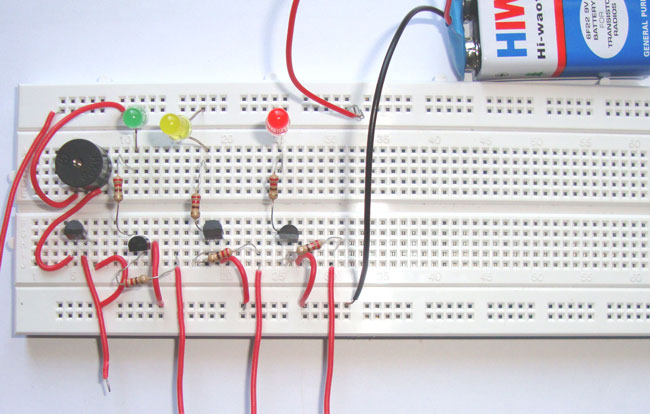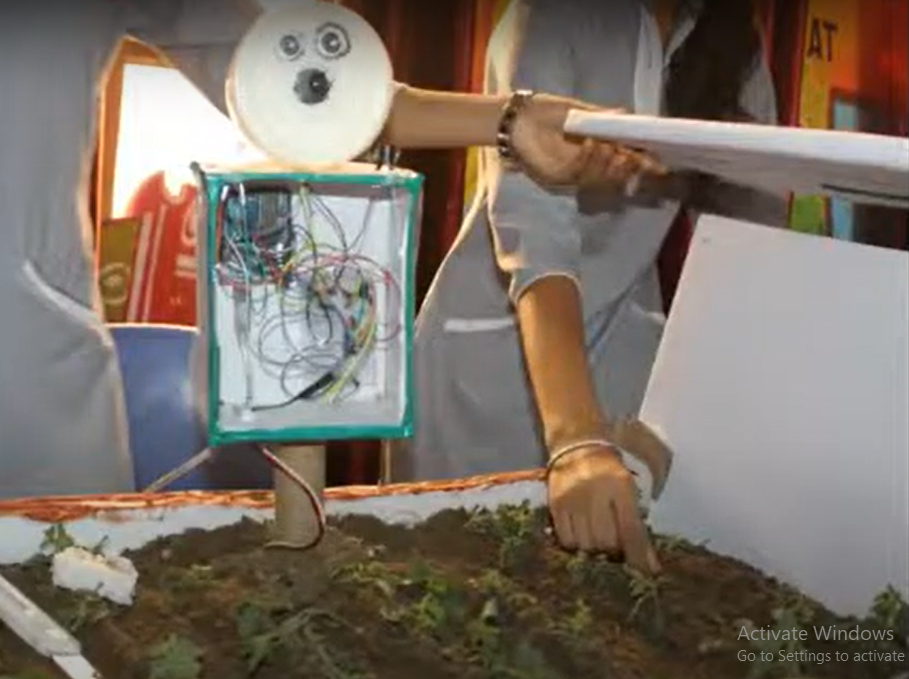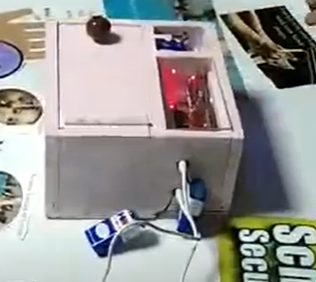A water level indicator project is an essential device used in various applications to measure and monitor the water level in tanks, reservoirs, and other containers. These devices play a crucial role in managing water resources efficiently, preventing water wastage, and ensuring the optimal operation of systems that rely on water. Water level indicators come in different types and configurations, each designed to suit specific needs and environments.
Components and Working Principle
A typical water level indicator system consists of several key components
- Breadboard
- Buzzer
- LEDs X 3
- 9V Battery
- Register X 6
- Male to Male jumper wires x 11
Applications
Water level indicators are used in a variety of applications, including:
- Residential: Monitoring water levels in household tanks to ensure a consistent water supply and prevent dry runs in pumps.
- Industrial: Managing water levels in industrial tanks and reservoirs, crucial for processes that depend on precise water usage.
- Agricultural: Monitoring irrigation systems to maintain optimal water levels for crops.
- Municipal: Managing water levels in public water supply systems, wastewater treatment plants, and flood control systems.
- Marine: Monitoring bilge water levels in boats and ships to prevent flooding.
Benefits
The benefits of using water level indicators include:
- Water Conservation: By providing accurate water level readings, these devices help in preventing water wastage and ensuring efficient water use.
- Damage Prevention: They prevent overflows and dry runs, which can damage equipment such as pumps and lead to costly repairs.
- Automation: Integration with automated systems allows for seamless control of water-related processes, reducing the need for manual intervention.
- Cost Savings: Efficient water management leads to lower utility bills and reduced maintenance costs.
- Environmental Protection: Reducing water wastage and preventing leaks contributes to environmental conservation efforts.
The circuit diagram is given below:













